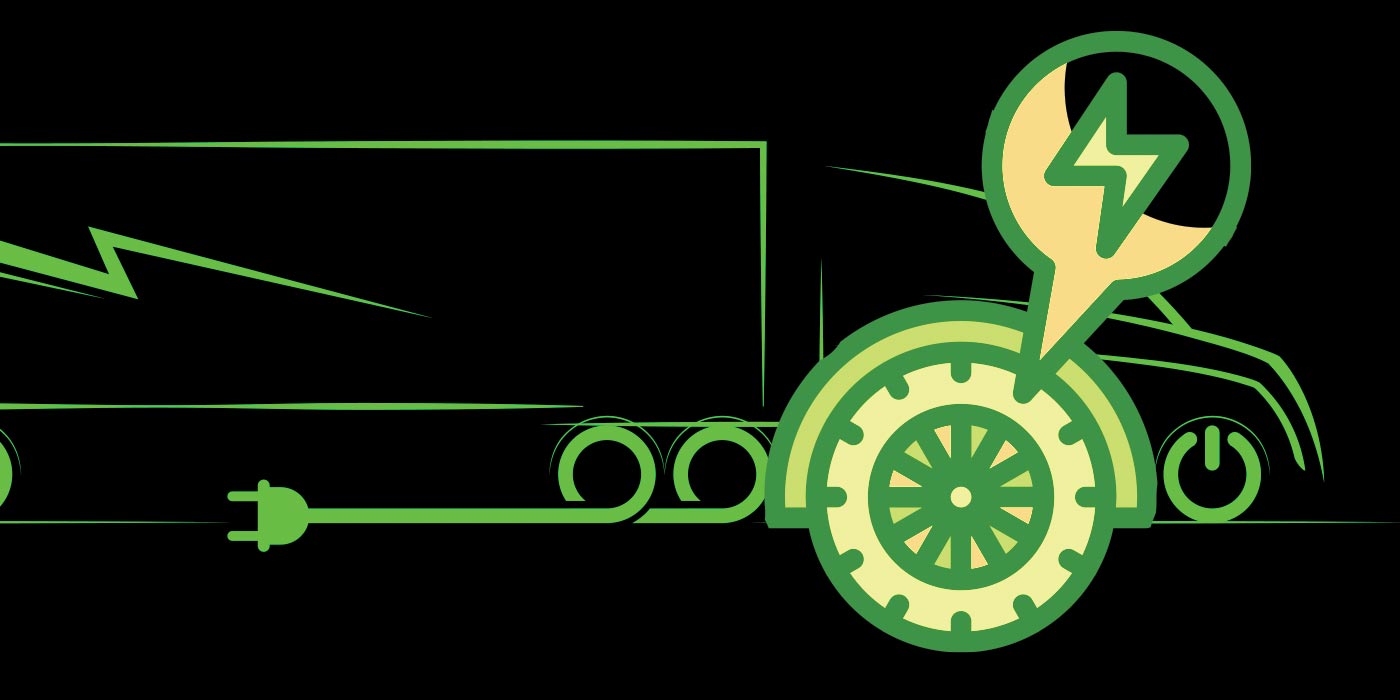It’s no secret that governing vehicle speed reduces fuel use and potentially reduces accidents related to speed. So it should come as no surprise that National Highway Traffic Safety Administration (NHTSA) and Federal Motor Carrier Safety Administration (FMCSA) continue to be involved in finding ways to govern on-highway speeds. To that end, the agencies recently announced a proposal to equip heavy-duty vehicles with devices that limit their speeds on U.S. roadways and requiring those devices be set to a maximum speed, a safety measure the agencies stated could save lives and more than $1 billion in fuel costs each year. According to Transportation Secretary Anthony Foxx, “There are significant safety benefits to this proposed rulemaking, in addition to saving lives, the projected fuel and emissions savings make this proposal a win for safety, energy conservation, and our environment.”
Speed limiting devices
NHTSA and FMCSA are proposing regulations that would require vehicles with a gross vehicle weight rating of more than 26,000 lbs. to be equipped with a speed limiting device initially set to a speed to be specified in a final rule and would require motor carriers operating such vehicles in interstate commerce to maintain functional speed limiting devices set to a speed no greater than a speed to be specified in the final rule for the service life of the vehicle. “This is basic physics,” said NHTSA Administrator Mark Rosekind. “Even small increases in speed have large effects on the force of impact. Setting the speed limit on heavy vehicles makes sense for safety and the environment.”
Speed requirements
Motor carriers operating commercial vehicles in interstate commerce would be responsible for maintaining the speed limiting devices at or below the designated speed for the service life of the vehicle under the proposal. While the maximum set travel speed will be determined in the final rule, estimates included in the proposal demonstrate that limiting heavy vehicles will save lives.
Specifically, NHTSA is proposing to establish a new Federal Motor Vehicle Safety Standard (FMVSS) requiring that each new multipurpose passenger vehicle, truck, bus and school bus with a gross vehicle weight rating (GVWR) of more than 26,000 lbs. be equipped with a speed limiting device. The proposed FMVSS would also require each vehicle, as manufactured and sold, to have its device set to a speed not greater than a specified speed and to be equipped with means of reading the vehicle’s current speed setting and the two previous speed settings (including the time and date the settings were changed) through its on-board diagnostic connection.
FMCSA is proposing a complementary Federal Motor Carrier Safety Regulation (FMCSR) requiring each commercial motor vehicle (CMV) with a GVWR of more than 26,000 lbs. to be equipped with a speed-limiting device meeting the requirements of the proposed FMVSS applicable to the vehicle at the time of manufacture, including the requirement that the device be set to a speed no higher than the specified speed.
Motor carriers operating such vehicles in interstate commerce would be required to maintain the speed limiting devices for the service life of the vehicle. Based on the agencies’ review of the available data, limiting the speed of these heavy vehicles would reduce the severity of crashes involving these vehicles and reduce the resulting fatalities and injuries. They expect that, as a result of this joint rulemaking, virtually all of these vehicles would be limited to that speed.
You can respond
The public is encouraged to submit their comments on the proposed rule at regulations.gov.
The latest proposed ruling falls in line with the previous NHTSA and EPA Greenhouse Gas 2017 standard that focused on reducing fuel use by mandating OEM and engine manufactures make significant changes to engines to meet the emission levels, and which had a secondary focus on aerodynamics. The increased aerodynamic interest has seen increased adoption of aftermarket devices for trailers, such as side fairings, trailers tails, etc., that also help meet the fuel efficiency requirements of the mandate.













